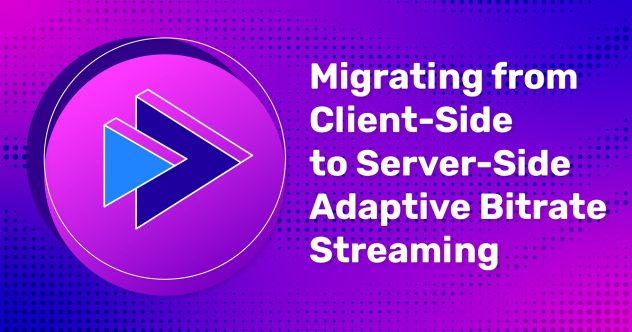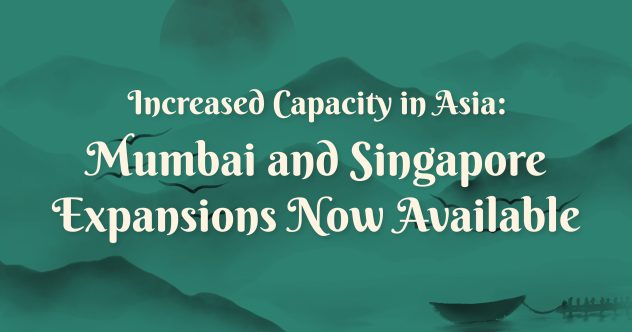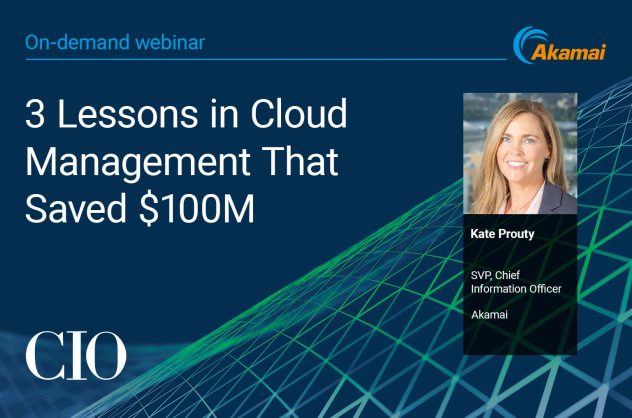The term alternative cloud provider is more nuanced than it seems. One of the first to coin the term, Liam Eagle, Research Director at 451 Research, defines an alternative provider as any public cloud provider that isn’t a hyperscaler; for instance, Amazon Web Services (AWS), Google Cloud Platform, and Microsoft Azure. And that’s where the nuance comes in because not every alternative provider can be a credible alternative to what the hyperscalers offer.
Which begs the question: What does it mean to be “credible”? Eagle says it comes down to five key criteria:
- Does the cloud provider offer the essentials—object storage, block storage, compute functions, DNS, and load balancing?
- Does the cloud provider have APIs for provisioning and operation?
- How does the cloud provider’s performance compare to leading vendors?
- Does the cloud provider have a presence that extends globally?
- Does the cloud provider meet regulatory compliance requirements?
“Lots of organizations struggle with complexity, so the benefit of alternatives is the simplicity of their user interface, the simplicity of their catalog, the simplicity of their pricing, and the simplicity of the learning curve,” Eagle explains.
Still, the choice between alternative providers and hyperscalers isn’t always clear—or binary. In this video, Eagle shares examples of how companies can benefit from different providers and how many are increasingly using a combination of both hyperscalers and alternative cloud providers in their multicloud strategies.
This post is part of our “The Alternative Cloud: Analyst Corner” video series, produced in partnership with 451 Research, featuring practical advice from industry-leading cloud experts on today’s best cloud strategies.









Comments